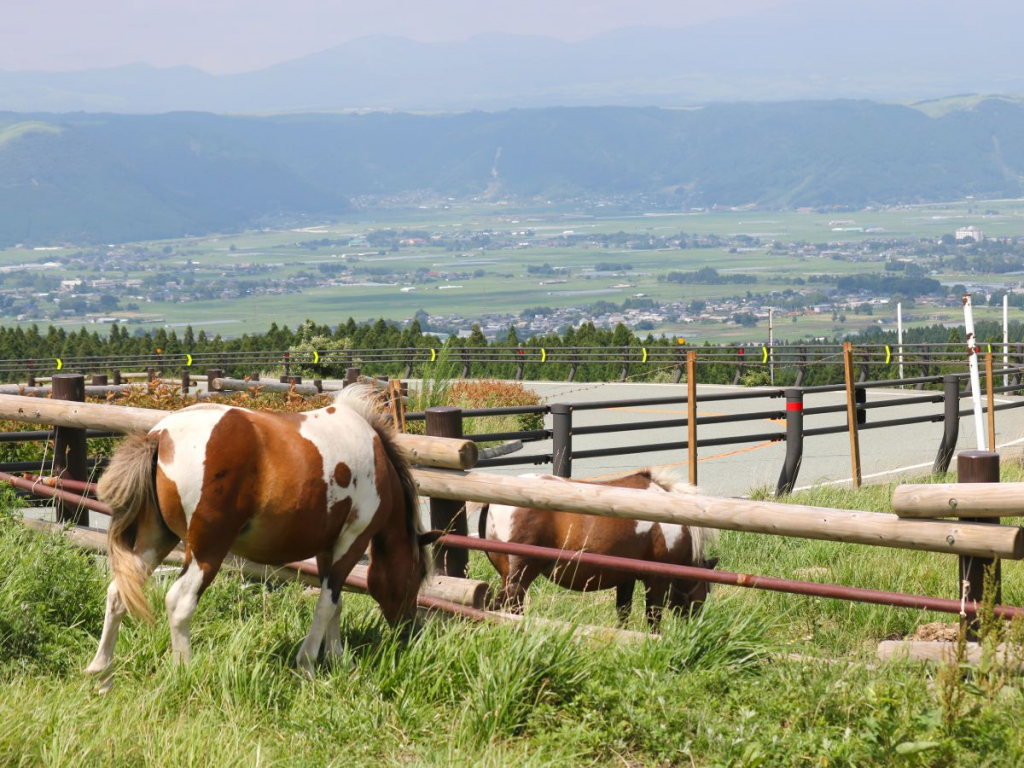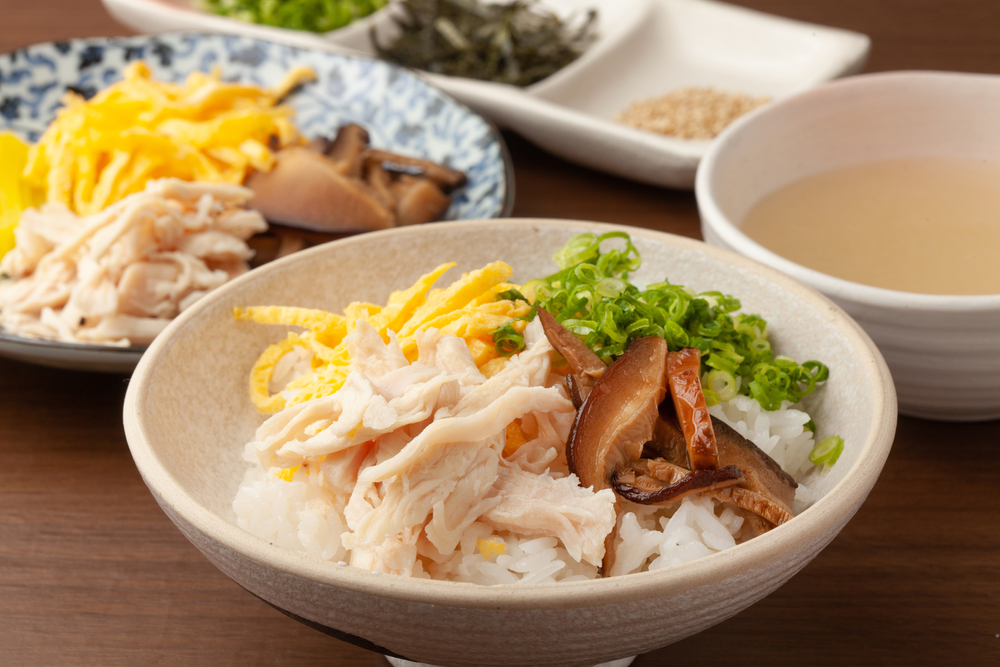The Covid-19 pandemic pulled the emergency lever on 2020–2021, bringing overseas travel to a grinding halt. This year, there is one mode of travel that is gaining in popularity – the wellness vacation – or wellcation. Japan recently ranked as one of the top wellcation destinations in the world due to its abundance of temples and shrines, natural escapes, healthy foods and, of course, onsen. As people start planning future trips to Japan, Tokyo Weekender’s experienced writers share their favorite wellcation destinations.
Kyushu
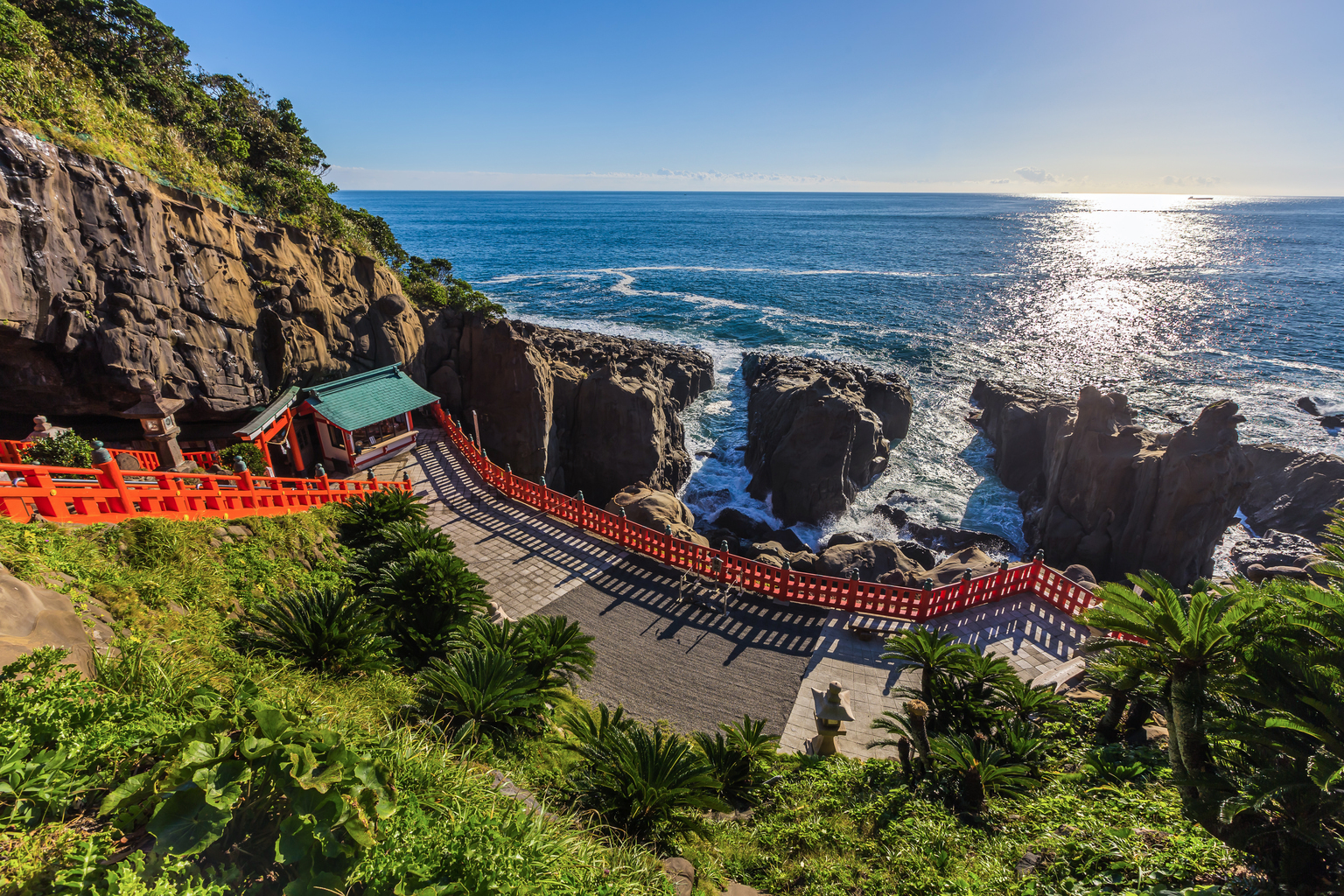
Senior editor and Japan travel writer Lisa Wallin serves as Kyushu ambassador. Keep on reading for her unique recommendations of Japan’s southern region.
What is your favorite shrine or temple in Kyushu?
I can’t get enough of Udo Shrine in Miyazaki Prefecture. It sits inside a cave at the edge of a cliff facing the Pacific Ocean and the view is spectacular.
What is your favorite shrine or temple in Kyushu?
Exploring Mount Aso and the Aso caldera. It has everything the intrepid explorer could ever need: horse riding, hiking trails, hot springs, paragliding – all of it in the proximity of multiple active volcano craters.
What is your favorite local food in Kyushu?
This one’s easy: Keihan. It’s a traditional chicken and rice dish from the Amami Islands in Kagoshima Prefecture. It’s most often a DIY affair where you sprinkle fermented papaya and other goodies on top, then pour chicken broth over it.
What is your favorite onsen in Kyushu?
I love the hot springs in Beppu but my most memorable onsen trip was to Unzen, in Nagasaki Prefecture. The sulfur smell is pretty pungent but Unzen has such a vibrant history and the surrounding area is stunning year-round.
Browse our Kyushu content for more travel inspiration.
Chugoku
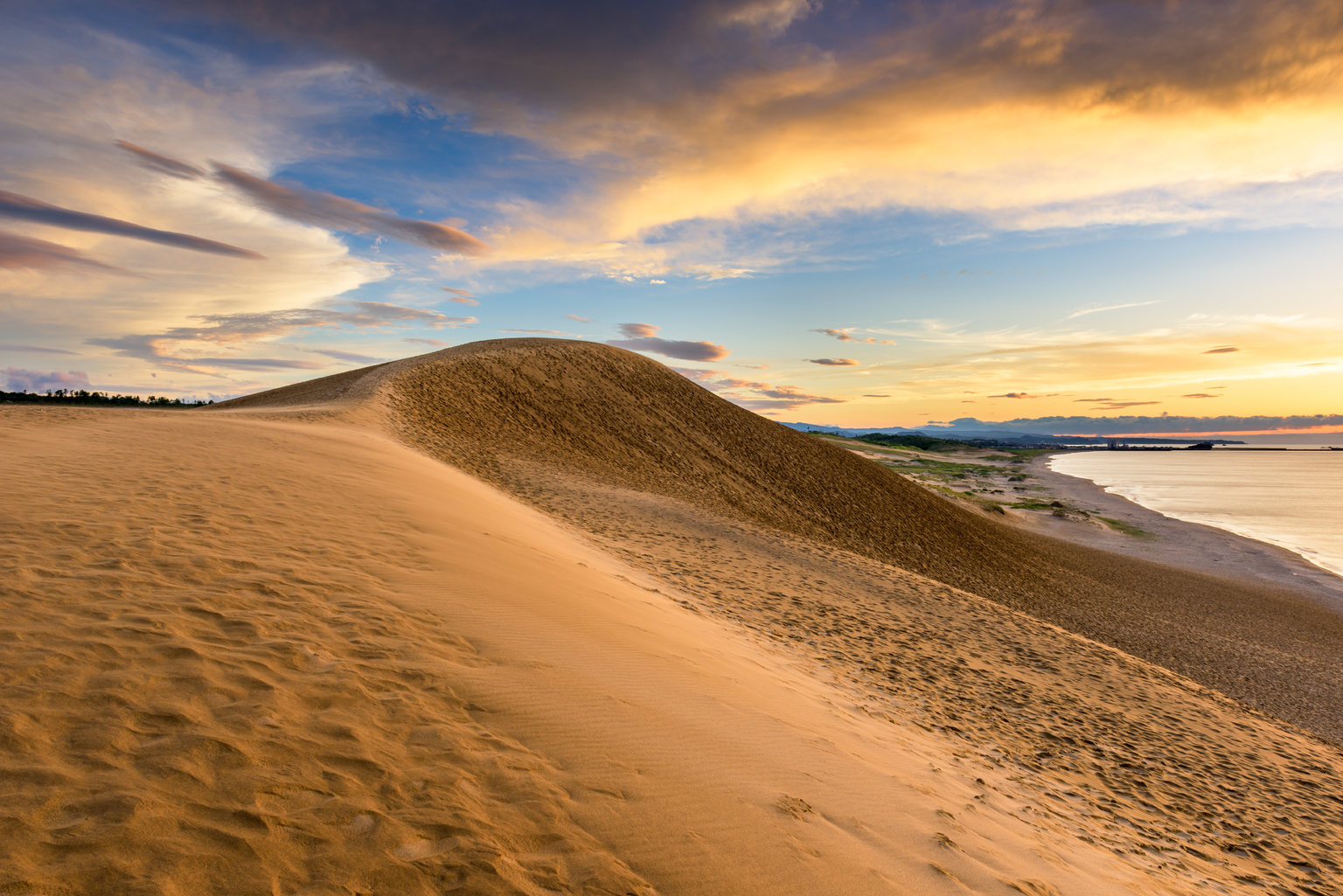
Editorial director Nick Narigon takes on the role of Chugoku ambassador and gave some solid recommendations for those looking to retreat in the region.
Favorite shrine or temple in Chugoku?
Teetering on a cliff, Nageiredo Temple in Tottori Prefecture is the most dangerous temple in Japan, while Motonosumi Inari Shrine in Yamaguchi Prefecture is a seemingly endless line of red torii gates leading to the open sea. Hands down, Itsukushima Shrine and its “floating torii” on Hiroshima Prefecture’s Miyajima island is at the top of my list.
Favorite nature experience in Chugoku?
Some would argue the best nature experience in all of Japan is the Tottori sand dunes. Nothing compares to sandboarding over fresh waves of sand.
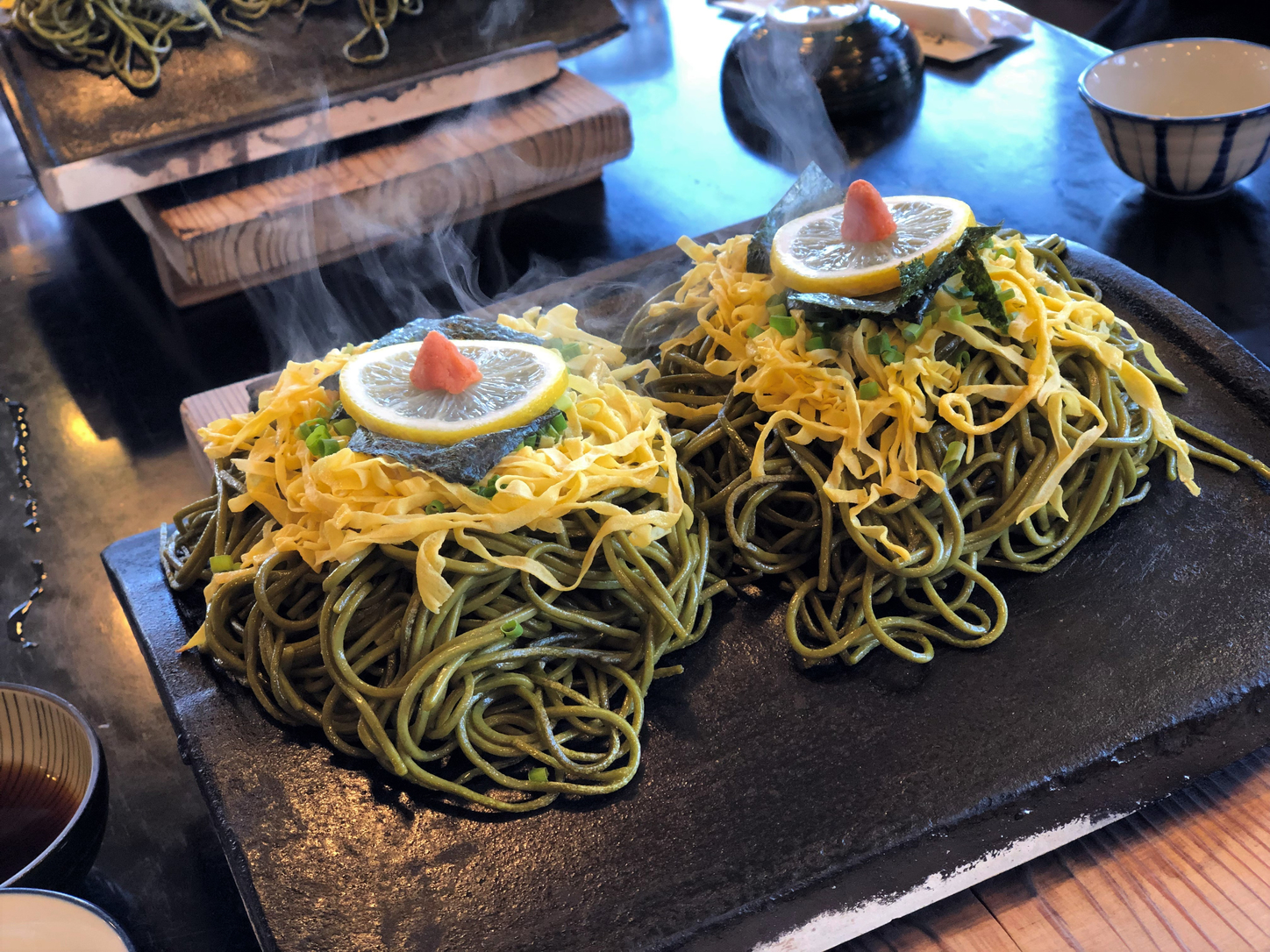
Favorite local food in Chugoku?
Kawara soba in Yamaguchi is green tea-infused soba grilled on roof tiling once favored by traveling samurai. And while it’s not food, drinking beer out of a bizenyaki ceramic mug in Okayama Prefecture is a summer treat.
Favorite onsen in Chugoku?
Strolling in a yukata through Yunotsu Onsen in Shimane Prefecture’s Oda city to dip in the steaming hot, medicinal waters in one of the town’s public bathhouses is ethereal.
Browse our Chugoku content for more travel inspiration.
Chubu
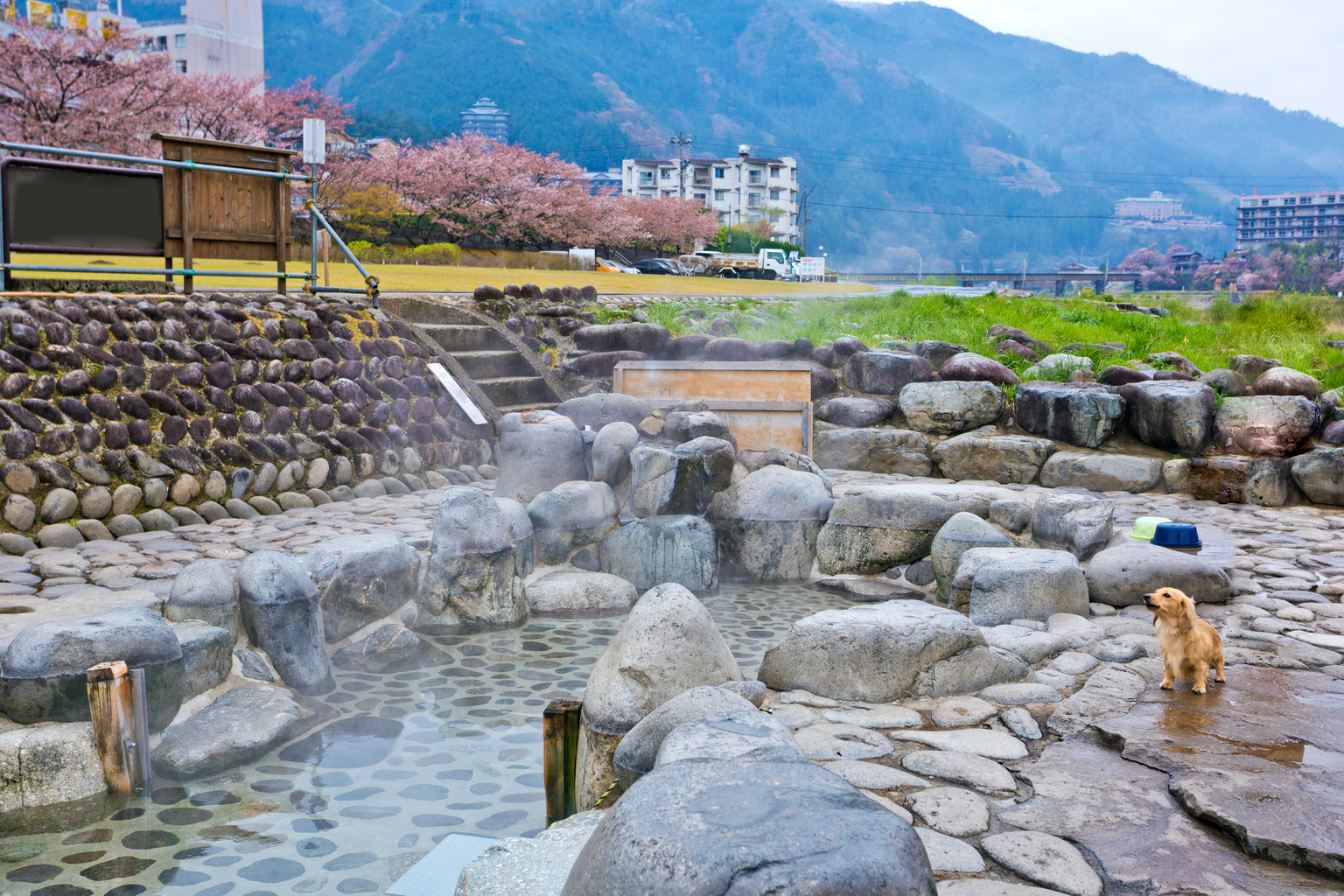
Editorial assistant Taylor Stewart takes a break from writing to talk to us about her Chubu recommendations – and does not disappoint.
Favorite shrine or temple in Chubu?
The city of Nagano actually grew around Zenkoji. In the basement of the inner chamber, there’s an underground passage where you walk (in total darkness) in search of a key to paradise.
Favorite nature experience in Chubu?
The Japanese Alps are the dream of any avid hiker. Several peaks are the highest in the country, after Mount Fuji. Big destinations include the Tateyama Kurobe Alpine Route and the picturesque Kamikochi.
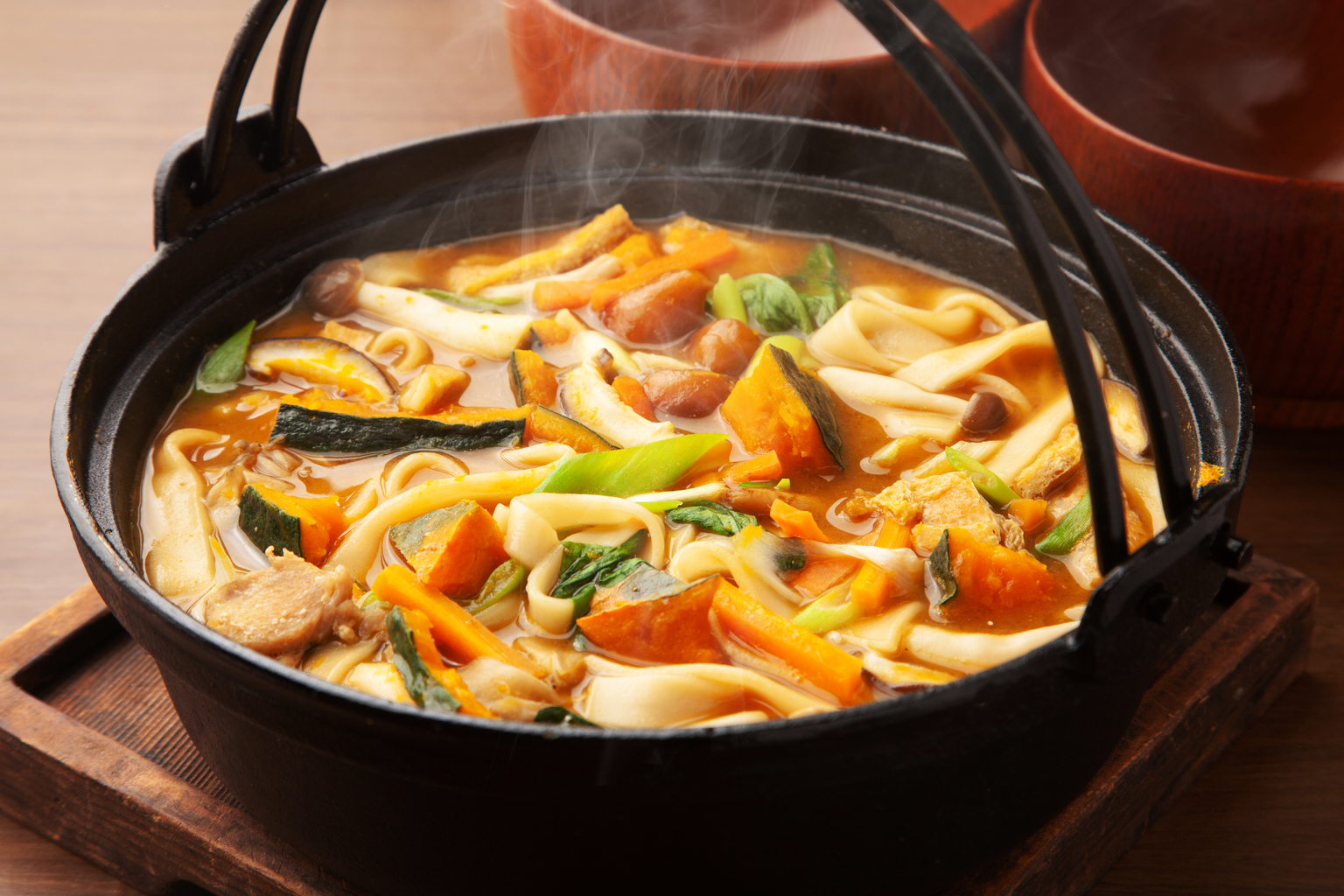
Favorite local food in Chubu?
Houtou udon, a staple of Yamanashi Prefecture, is famous for its thick, flat noodles, seasonal veggies and miso-based soup. It is often served with pumpkin and is the perfect dish to warm the body in winter.
Favorite onsen in Chubu?
Gero is the preeminent hot spring town in Japan, and Funsechi is a free hot spring situated next to the Hida River. The baths are all open-air, so you can enjoy the cityscape as you soak.
Browse our Chubu content for more travel inspiration.
Kansai
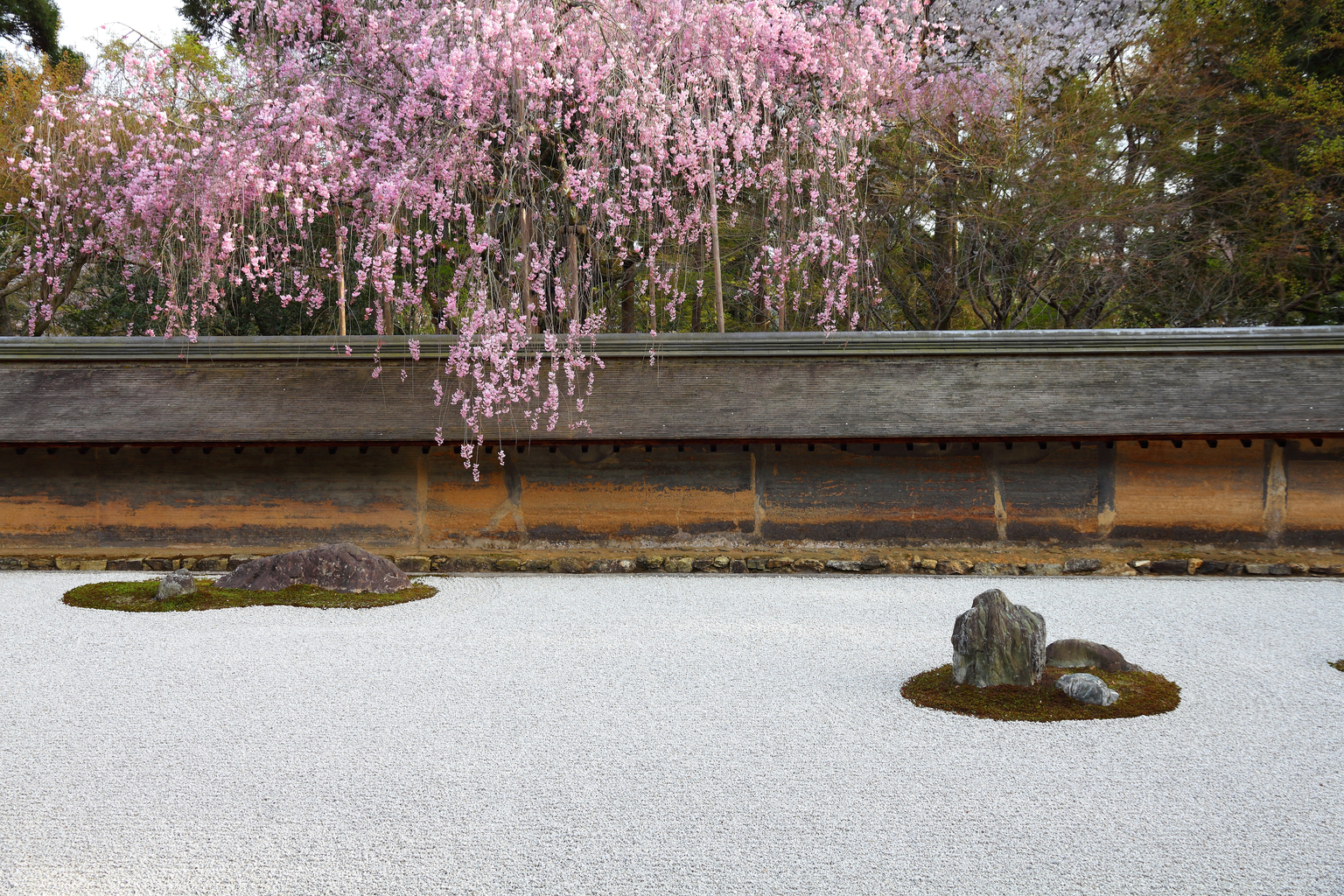
Digital content coordinator and stationery addict Lisandra Moor takes on the role of Kansai ambassador. Her recommendations include everything from shrines to lesser-known must-try foods.
Favorite shrine or temple in Kansai?
Ryoanji in Kyoto. This is a Buddhist temple with a beautiful rock garden, located about a 20-minute walk from Kinkakuji. It was my first time out of Kanto and I arrived at Kyoto Station at about 6:30am. There was nothing open besides a McDonald’s. I took the bus to Ryoanji and got there before the temple opened. Once open, I was able to walk inside completely alone.
Favorite nature experience in Kansai?
Because Lake Biwa is close to the old capital of Kyoto, there are a lot of references to the lake in classic Japanese literature, which makes it a bit of a cultural spot too. Take a pleasure boat cruise or head to one of the beaches and take a dip in the lake.
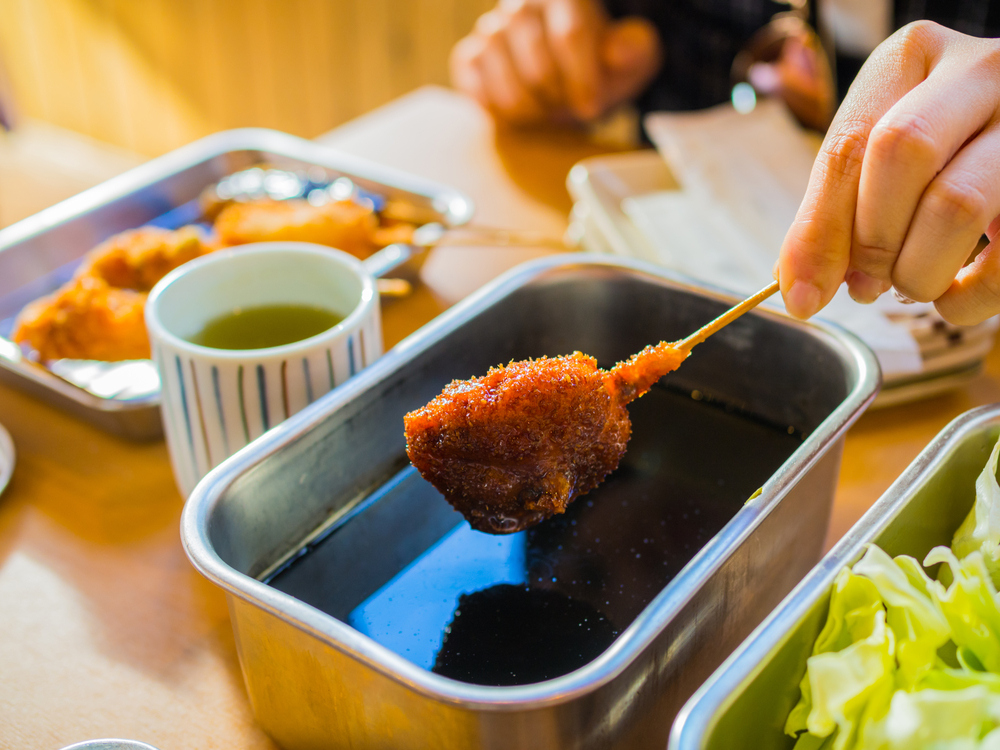
Favorite local food in Kansai?
Osaka staples include takoyaki and okonomiyaki, but those happen to be foods I can’t eat due to allergies. Osaka is also famous for kushikatsu (or kushiage), a severely underrated izayaka food. You can find a lot of kushikatsu places along the canal (Dotonburi).
Favorite onsen in Kansai?
There is a secluded hot spring in the south of Nara Prefecture called Totsukawa Onsen. What is unique is that this water is never recirculated, meaning you don’t lose any of its benefits.
Read our free Nara guidebook for more travel inspiration.
Kanto
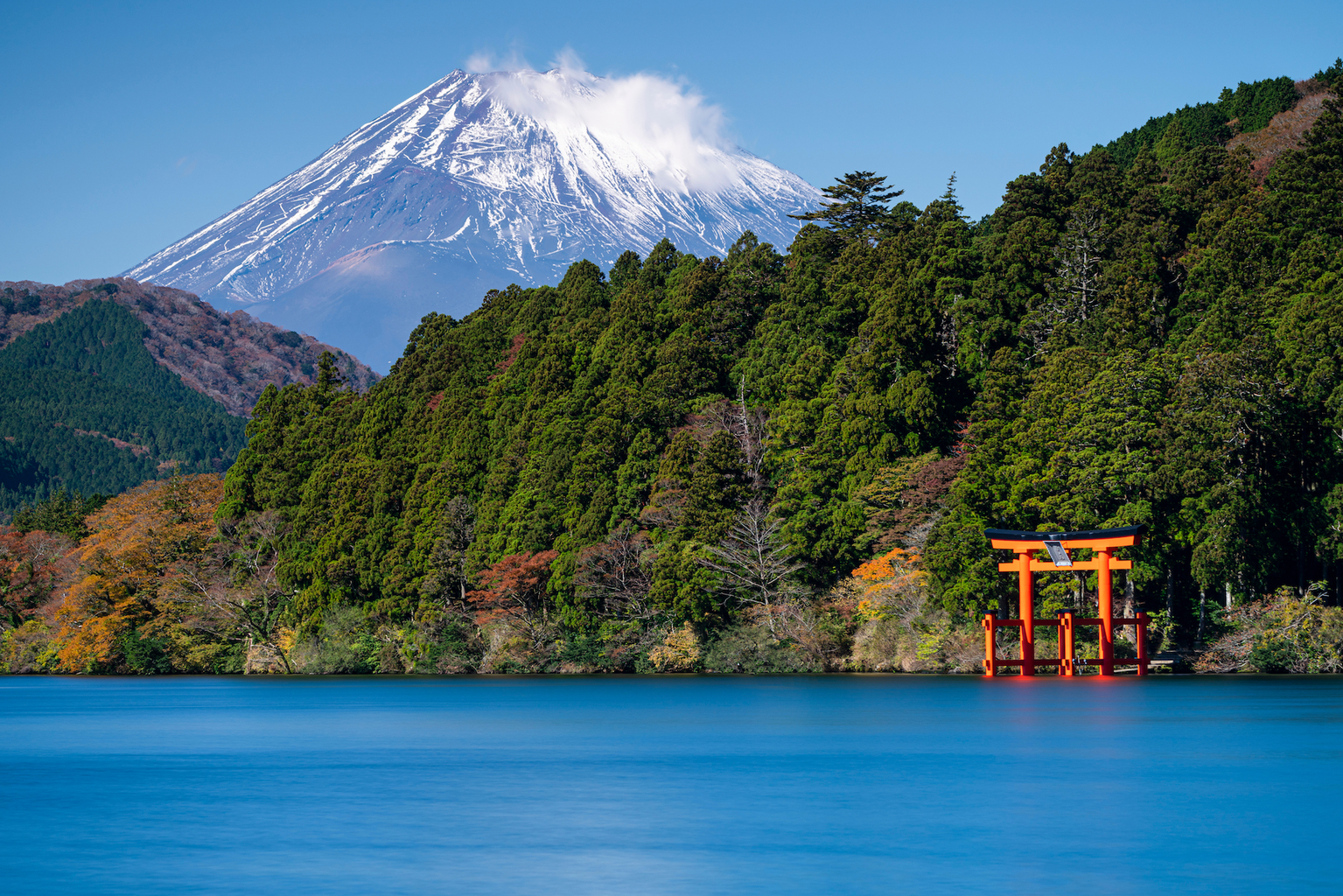
Features writer and editor Matthew Hernon is our Kanto ambassador. If Tokyoites are looking for something like a simple day trip or a weekend getaway, see the recommendations below for the ultimate wellcation.
Favorite local food in Kanto?
Kamakura has some amazing fresh local vegetables and the best place to enjoy them is Hachinoki. This is a shojin ryori (devotion cuisine) restaurant in which all ingredients are plant-based. It’s a great opportunity to eat like a Buddhist monk.
Favorite nature experience in Kanto?
Sankei-en is the most idyllic garden in Yokohama and a fantastic place to visit in any season. What makes the place extra special is the series of Important Cultural Properties that are dotted around the garden.
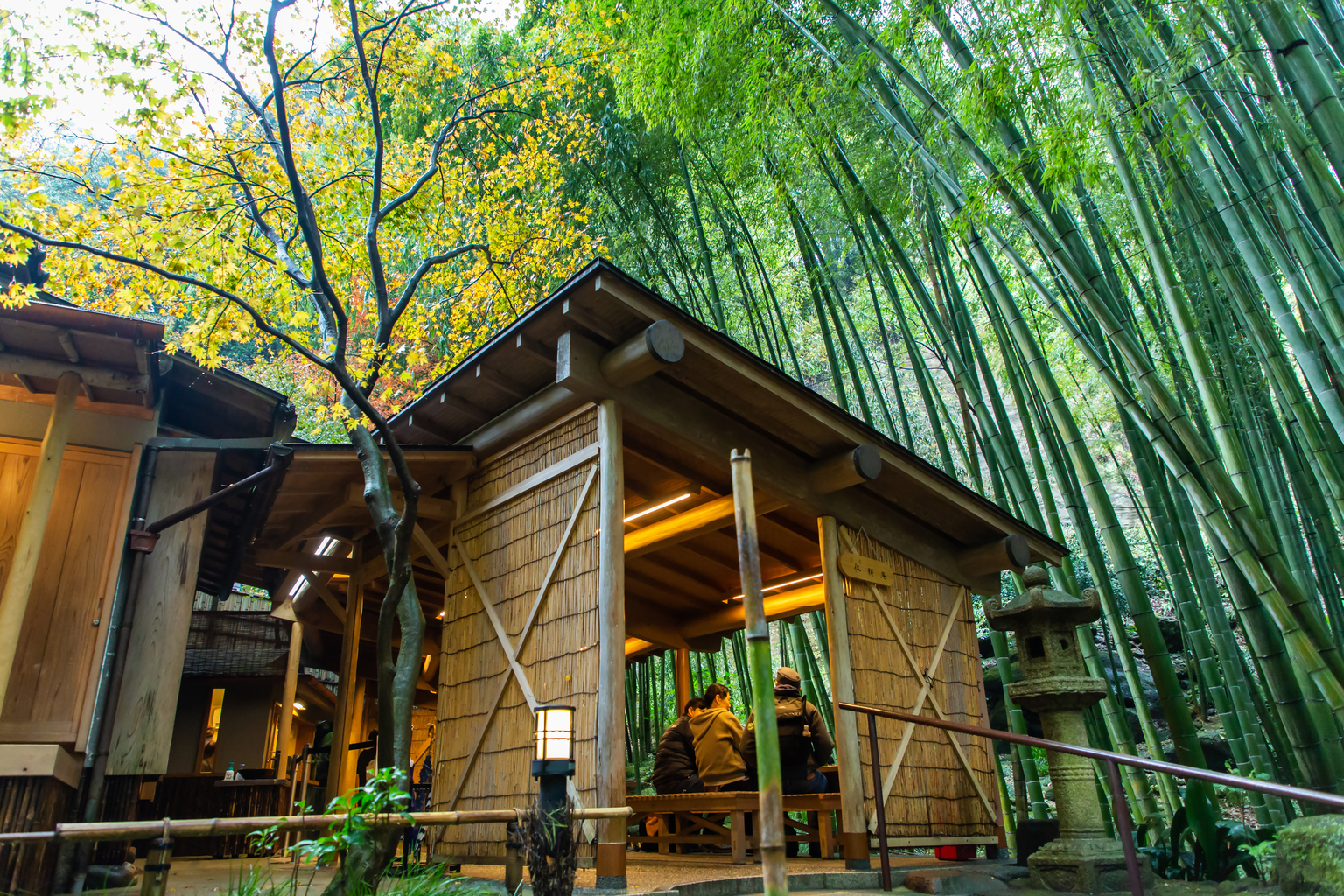
Favorite temple in Kanto?
Located in a residential area around 30 minutes on foot from Kamakura Station, Hokokuji doesn’t attract huge crowds like many of the other temples in the city. The best thing about it is the peaceful bamboo garden which has a delightful little tea house.
Favorite onsen in Kanto?
As well as being known for its views of Mount Fuji (on a clear day), Hakone is one of the best towns in Japan for a hot spring retreat. What makes Ryuguden Honkan so unique is that it allows you to experience the best of both worlds. A soothing bath in front of Lake Ashinoko, it is heavenly.
Browse our Kanto content for more travel inspiration.
Tohoku and Hokkaido
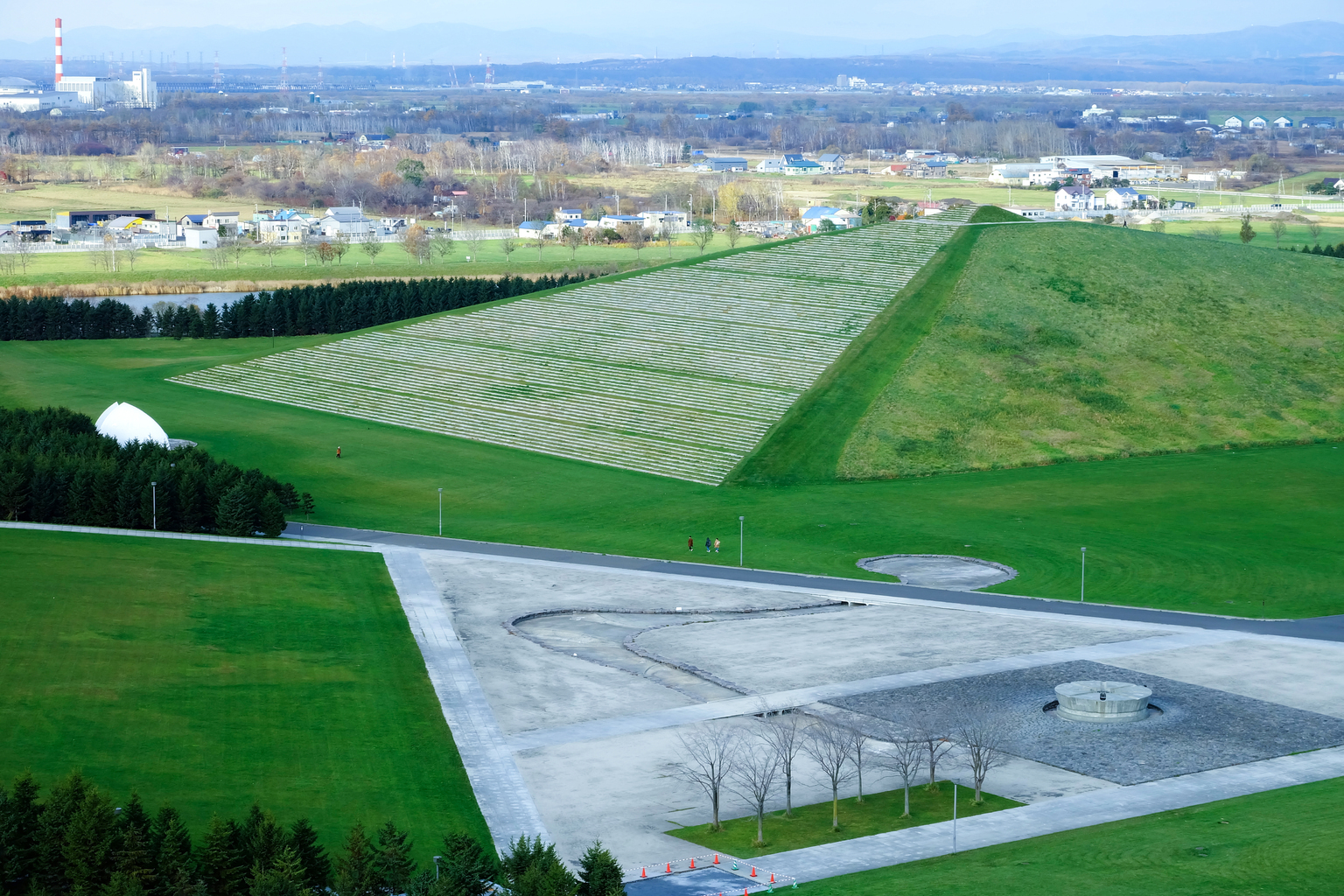
Our junior editor Zoria Petkoska offers some very zen recommendations for the northern regions of Tohoku and Hokkaido.
Favorite nature experience?
Moerenuma Park in Sapporo is no ordinary patch of green. It’s the dream project of architect Isamu Noguchi, and it took two decades to turn a swamp into the artsy landscaping park that it is today.
Favorite local food?
I went to Sapporo rightly excited for a perfect bowl of miso ramen from its birthplace. However, I ended up falling in love with Hokkaido soup curry and our meet-cute was worthy of any rom-com. Years later, it is a dish I still fawn over.
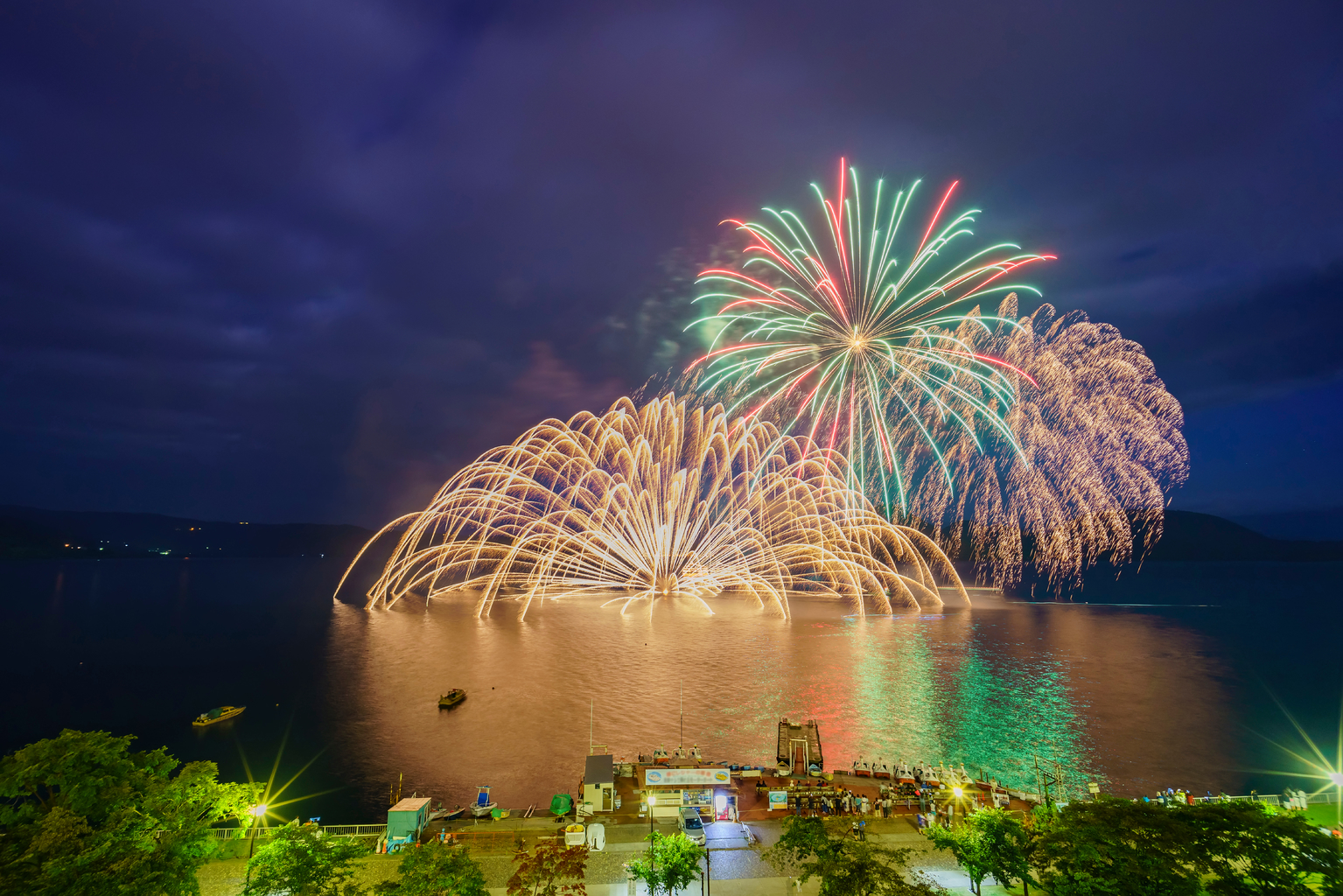
Favorite shrine or temple?
Shrines and temples don’t have as long a history in Hokkaido. Instead, we can look into the indigenous culture and traditions of the Ainu people, and the Kawamura Kaneto Ainu Memorial Hall. This museum in Asahikawa is more than 100 years old. Founded and run by Ainu people, it showcases Ainu traditions and offers hands-on experiences.
Favorite onsen?
I love the onsen surrounding the volcanic lake Toya, with outdoor baths overlooking the lake, the island in the middle and Mount Usu, the active volcano. From April to October, a night soak offers a fireworks show every night.
Get more recommendations via our Tohoku and Hokkaido pages.
From July 2, you can pick up a hard copy of our latest Japan guidebook at embassies across Tokyo and at select tourist information centers. You can also browse the digital version by clicking the image below.
Updated On July 26, 2021

